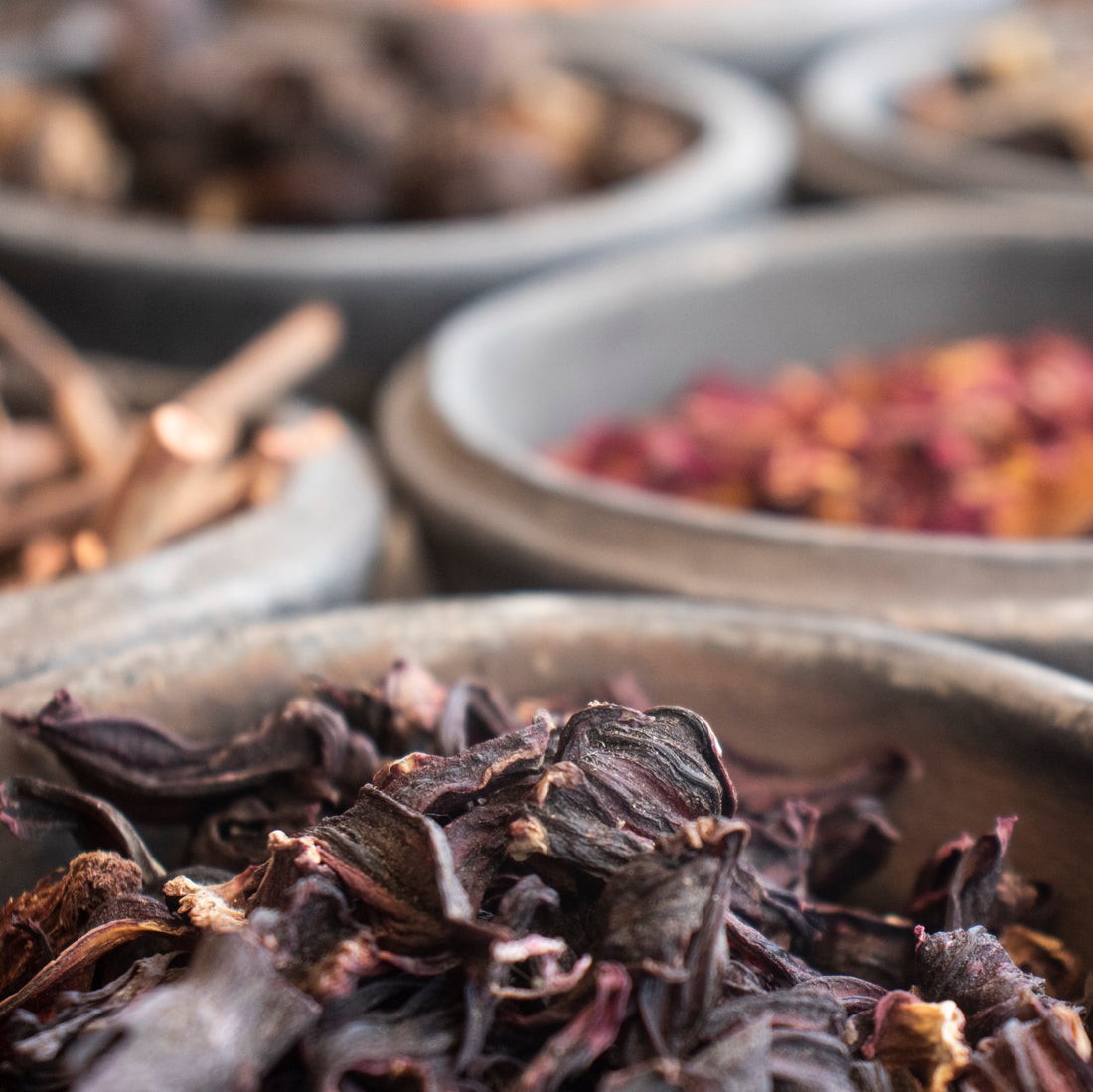Natural dyeing is old science and has been around for centuries. It is age-old science of deriving and using colours from natural elements like plants, insects, or sometimes even minerals. As easy as it sounds natural dyeing, when compared to chemical dyeing, is a lengthy process and involves various steps that are time consuming and physically strenuous. So why use natural dyes? It’s definitely more economical to use synthetic dyes, but the costs of using synthetic dyes go beyond money. The environmental impacts of using synthetic dyes are a huge price to pay. Because of which we limit our colours to natural sources. Besides a rural dyeing setting, such as ours, is beneficial in a great many ways.
First, the environmental impact:
Let us first start off saying that natural doesn’t always mean safe. So even while working with natural dyes careful precautions need to be taken to ensure least damage. Unlike synthetic dyeing, natural dying takes hours for each piece of fabric.
It is a slow process because natural dyes don’t readily bond with fibres. So the fibres are treated with a substance known as a mordant which binds the dye to the fibre. Now, not all mordants are safe. Some of the mordants, such as Ferrous Chloride, Tin Chloride etc., are harmful to humans as well as the environment as they contain heavy metal elements. We, therefore, limit ourselves to natural mordants such as Alum, Myrobalan, Soy milk to ensure we don’t pollute local water streams and soil.
Another aspect of natural dyeing is it’s high consumption of water. However, since we use only natural mordants, the water used for dyeing is later used to water our plants in the garden. The dyestuffs(leaves, sticks, pods, flowers etc.), that are used to extract dyes, after multiple extraction cycles, are used to make compost. This compost is used as a natural fertilizer for the plants in an attempt to make natural dyeing a zero-waste process.
Natural dyes are a non-toxic alternative to synthetic dyes which release chemicals that severely affect the quality of water and soil. Various techniques have been suggested for remediation of waste water that is released by synthetic dyeing industries. Some of these are too expensive and hence not viable. Those that are comparatively inexpensive are not very effective. As compared to the natural dyes that are readily available in nature, production and transport of raw materials ofsynthetic dyes have a significantly higher carbon footprint.
Second, the social benefit:
Our natural dyeing unit is set up in Huligi, a village near Hampi, Karantaka. Natural dyeing, being a labour-intensive process, offers rural employment and supports livelihoods of many women artisans in and around the village. We do our very best to source our dyes locally from the nearby gardens and temples. This helps the temples get rid of their waste andallows us an opportunity to give them a meaningful second life.
Third, health benefit:
Many natural dyes have medicinal properties, making them beneficial not only for the environment but also for humans. For example, indigo is believed to have antibacterial, antifungal, and deodorizing properties. Catechu is another dye which yields shades of brown - cinnamon, chocolate and is considered to be medicinal due to presence of Toxifolin, which has antiviral, anti‐inflammatory, antioxidant properties. Sappanwood, also known as East Indian Redwood or Pathimugam, is indigenous to India and used largely in the southern states to purify water and prevent the spread of diseases.
Fourth, aesthetic:
Natural dyes create exceptionally soothing colours. Interestingly, natural dye sources contain more than just one type of dye compound, unlike synthetic dyes which tend to rely on a single type of dye compound, creating a flatter visual effect. The slightly uneven hues that emerge from the fabric make the colours come alive. Also, natural dyes age well as the colours mellow into an eye-pleasing sheen and develop character over time.
'No synthetic dye has the lustre, that under-glow of rich colour, that delicious aromatic smell, that soft light and shadow that gives so much pleasure to the eye. These colours are alive.' Violetta Thurston.

